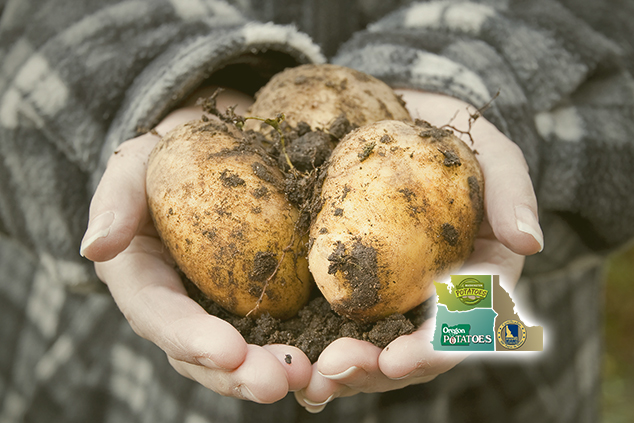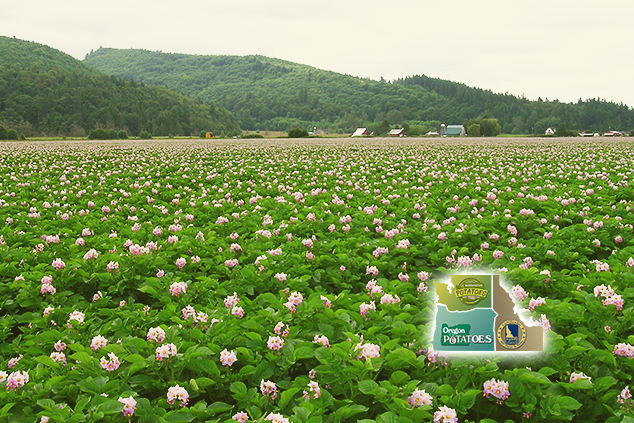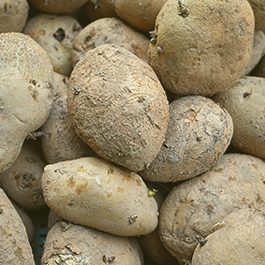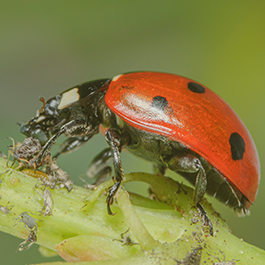Tuber Late Blight
Causal Agent:
Phytophthora infestans
Biology:
Pathogen of potato and a few related plants; infection encouraged by humid and wet conditions.
Dispersal:
Sporangia move in the wind; zoospores in water.
Fungicide Resistance:
P. infestans is well-known to become resistant to site-specific fungicides used against it. Fungicides should be rotated frequently to prevent resistance.
Management:
- Prevention is key.
- Harvest during dry weather.
- Tuber temperatures going into storage should be less than 68 F.
- Mancozeb and metiram fungicides on the soil surface late season may help prevent tuber infection.
- Foliar applications of phosphorous acid at harvest and in storage can reduce late blight tuber rot.
- Late blight infection often leads to other kinds of tuber rots in storage — it is best to NOT STORE late blight infected potatoes, and there are no chemical treatments that will cure an infected pile of potatoes.














